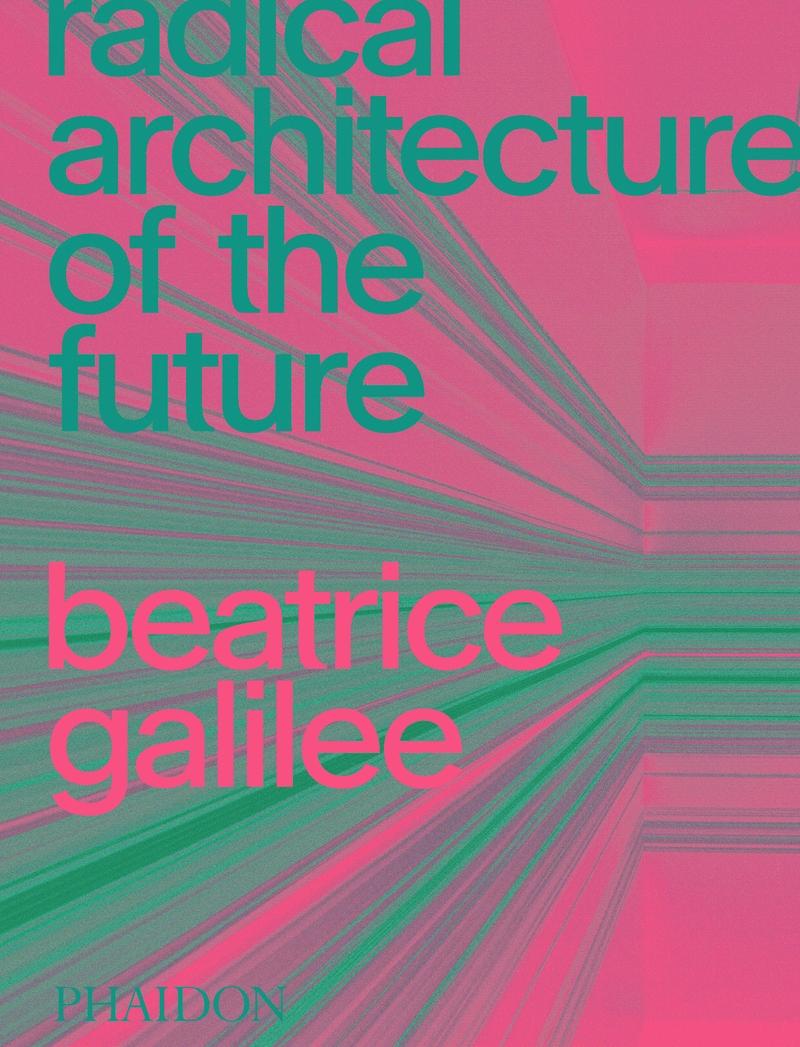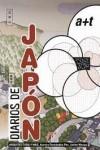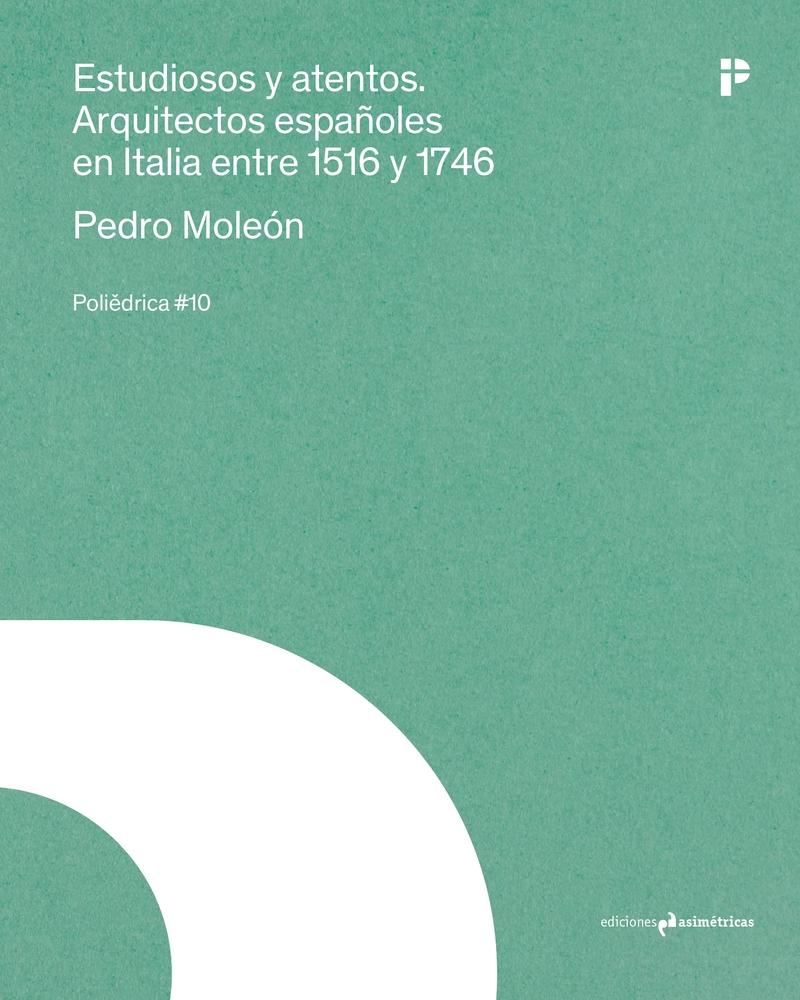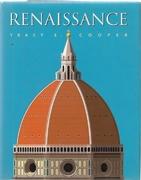PALLADIO'S VENICE. ARCHITECTURE AND SOCIETY IN A RENAISANCE REPUBLIC
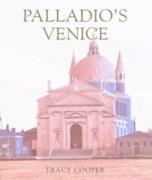
Autor/es
- EAN: 9780300105827
- ISBN: 978-0-300-10582-7
- Editorial: YALE UNIVERSITY PRESS
- Año de la edición: 2005
- Encuadernación: Cartoné
- Medidas: 25 X 29 cm.
- Páginas: 288
- Materias:
historia: arquitectura y arte
renacimiento
países: arquitectura y arte
venecia: arquitectura y arte
Sin stock. Envío en 15/30 días
pvp 74,59 €
One of the major figures of Western architecture, the celebrated Renaissance architect Andrea Palladio (1508-1580), devoted a significant portion of his career to the city of Venice. He had arrived in the mid-1550s intent on establishing a successful practice. The fame of public buildings he had designed for his native Vicenza, as well as country villas built for wealthy Vicentine and Venetian patricians, had established a reputation that preceded him to Venice. His prior engagement with the academic circles of Vicenza and Padua had introduced him to Venetian humanists who formed a network of patronage instrumental to his entry into the capital. It was these scholars' study of ancient Rome and classical learning, as well as new scientific methodologies, that infused his own theory and practice of architecture. Palladio's Venetian career, however, was never to match his lofty expectations. He was never to operate from the official position of state architect, as did his predecessor and rival, Jacopo Sansovino, and instead of specialising in grand palaces for private clients, he found himself working in a category new to his practice: ecclesiastical architecture. It would be these stunning churches, however, epitomes of Renaissance architectural design such as San Giorgio Maggiore and Il Redentore, that would establish his lasting renown. In spite of the significant role Venice played in the architect's reputation, this has never before been the subject of a monographic study. This fascinating and beautifully illustrated book takes an innovative approach to Palladio's work. Not only does the book cover his major monuments, but less well-known work for charitable foundations, convents, expert engineering advice, designs for triumphal processions, and his part in rebuilding the Ducal Palace. Furthermore, Palladio's architecture is considered in concordance with its contemporary decoration, providing a relevant art historical and cultural context for the Venice of Titian, Sansovino, Veronese, and Tintoretto.

